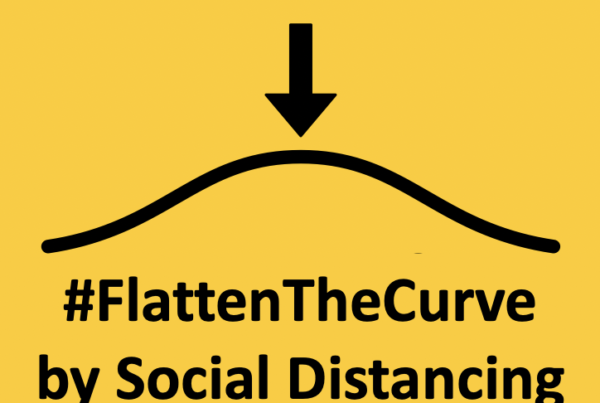Part 1 : Bioplastics
<recyclable> <biodegradable <compostable>
Sustainability and reducing waste is on top of everybody’s mind, and not in the least our customers’ mind.
But the miracle solution for less packaging while at the same time guaranteeing shelf life, quality, hygiene and thus less food waste is not there yet.
Does that mean we have to stand still and wait? Of course not! DesignRepublic is here to help you take small steps on the sustainable path, as many small steps will make a huge difference.
We will do this by gathering and sharing our knowledge through these ‘Green, Greener, Greenest, Blue’ series and by proposing sustainable solutions for every project we execute for you.
So next time you have a project, contact us for a greener solution and a better planet.

What’s in a word
A lot of different terminology is used when talking about bio-plastics and this creates uncertainty and vagueness. So let’s bring some clarity and structure in the world of bio-plastics, by examining the origin of the materials and the characteristics of the plastic.
Origin & Characteristics*
By looking at the origin of the material used for making the plastic (bio-based <-> fossil based), and by looking at the characteristics of the produced plastic (biodegradable Y/N), we can divide 3 types of bio-plastics:
- type 1: made from plant based materials but NOT biodegradable.
- type 2: made from plant based materials AND biodegradable.
- type 3: made from fossil based materials AND biodegradable.
Bio (plant)-based does not automatically mean bio-degradable > type 1
Fossil-based can also be bio-degradable > type 2
* https://www.european-bioplastics.org/bioplastics/materials/

Origin: fossil-based or more bio-based?
The origin says something about the type of material used to create the plastic.
Official certificates go from 1 to 4 stars and are issued by TÜV Austria (previously Vinçotte). DIN CERTCO issues 3 categories
The Origin does not say anything about the degradability.
e.g. the ‘plant bottle’ = 30% plant based, NOT degradable, BUT recyclable.

Characteristics: Bio-degradable Y/N?
Bio-degradable means that the product breaks down completely in a natural process without a specified time.
Compostable means that the product breaks down completely and results in rich soil in a controlled process within a specified time (<180 days)
TUV Austria issues certificates depending on suitability for industrial or home composting.
TUV Austria / DIN Certco issue certificates depending on suitability for industrial or home composting.
The Seedling logo = industrial composting
What to do as a consumer?
So now that we have categorized bio-plastics by origin of the material and characteristics of the product, what does that mean for the customer?
Type 1 bio based / non degradable
is suited for the traditional recycle process ( PMD trash / blue bag)*
Type 2 + 3
NO recycling: because the quality of the recycled end-material is not good enough.
Is it industrial compostable > GFT*
Is it home compostable > compost*
Is it NOT compostable > waste*
* for Belgium






Recente reacties